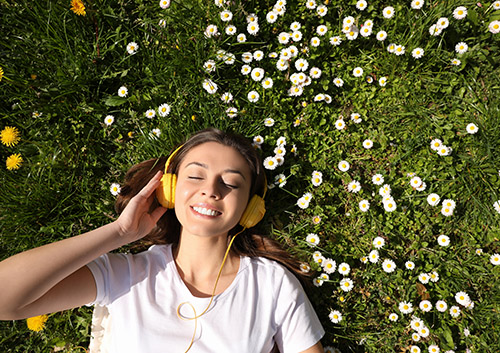What happens during my hygiene appointment?
April 24th, 2024

Regular visits to the dentist are important for people of all ages. Seeing Dr. Robert Christensen as recommended provides preventive care for oral diseases. If a disease is already present, early detection can prevent hefty dental bills and further damage to the teeth and gums. Once you have made the decision to visit Robert M. Christensen, DDS, PC, you may ask yourself, “What happens during my hygiene appointment?”
Preparation
Arrive at your appointment a few minutes early and bring along any insurance cards or medical information. While it may seem irrelevant, a full medical history can be important, since certain conditions include symptoms that occur inside the mouth.
Initial appointment
In some offices, the first appointment is a screening appointment, during which a dental hygienist will go over your medical and dental history with you, assess the condition of your teeth and gums, then schedule a future appointment to complete the cleaning and any other treatments you may need. In other offices, the screening and cleaning will be done over the same appointment. The dental hygienist may:
- Count your teeth
- Clean your teeth by using a small tool to scrape them in order to remove plaque
- Brush and floss your teeth
- Apply a fluoride treatment using foam that sits on your teeth within a tooth mold, or a gel that can be “painted” on with a small brush
- Inspect your teeth for cavities or signs of decay
- Administer oral X-rays. You will be covered with a special blanket to protect your body and then given a small piece of plastic on which to bite.
Seeing the dentist
After the dental hygienist completes his or her portion of the appointment, the dentist will usually come in and inspect your teeth. After an initial inspection, the dentist may:
- Perform a quick tooth count as well as a more thorough inspection, looking for signs of decay in and around the teeth
- Use a small tool called a “probe” in order to check for signs of gum disease around the base of your teeth
- Visually inspect the skin around your mouth, called the “mucosa”
If you need any further dental work completed, you will usually be required to make an additional appointment. To learn more about hygiene visits, or to schedule an appointment with Dr. Robert Christensen, please give us a call at our convenient Aspen office!


